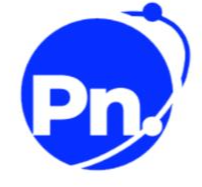



Dry needling and acupuncture are two techniques that may look similar because they both use thin needles, but they have different origins, philosophies, and purposes especially in the context of physiotherapy. Dry needling is a modern, evidence-based treatment used by physiotherapists to target myofascial trigger points—tight, painful knots in muscles. It is based on Western anatomy and neurophysiology, and its main goal is to relieve muscle pain, reduce tension, and improve movement. When a needle is inserted into a trigger point, it can cause a local twitch response, which helps release muscle tightness and promotes healing by increasing blood flow and reducing inflammation. On the other hand, acupuncture comes from Traditional Chinese Medicine (TCM) and has been practiced for thousands of years. It involves inserting needles into specific points along energy pathways called meridians, with the aim of restoring the balance of energy or “Qi” in the body While acupuncture can also help with pain, it is typically used for a wider range of conditions, including stress, digestive issues, sleep disorders, and more. In physiotherapy, dry needling is often preferred for muscle and joint issues, while acupuncture may be used as a complementary therapy for broader wellness. At Physionautics, our team of trained experts carefully assesses your condition and guides you toward the most effective treatment approach whether it’s dry needling, acupuncture, or a combination of both ensuring a safe, targeted, and personalized recovery plan.
We hate spam too.